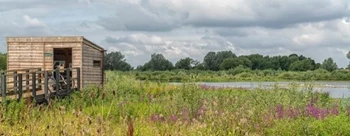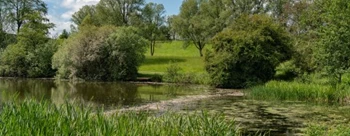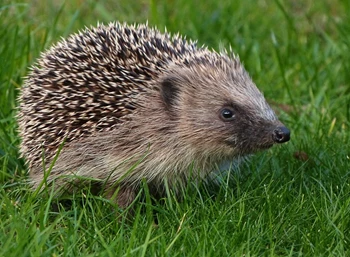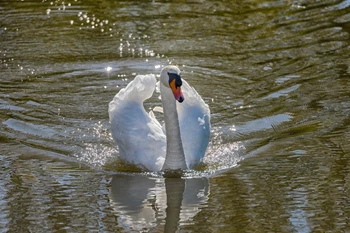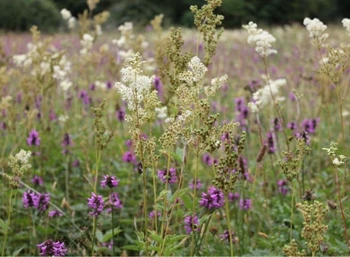Great Crested Newts
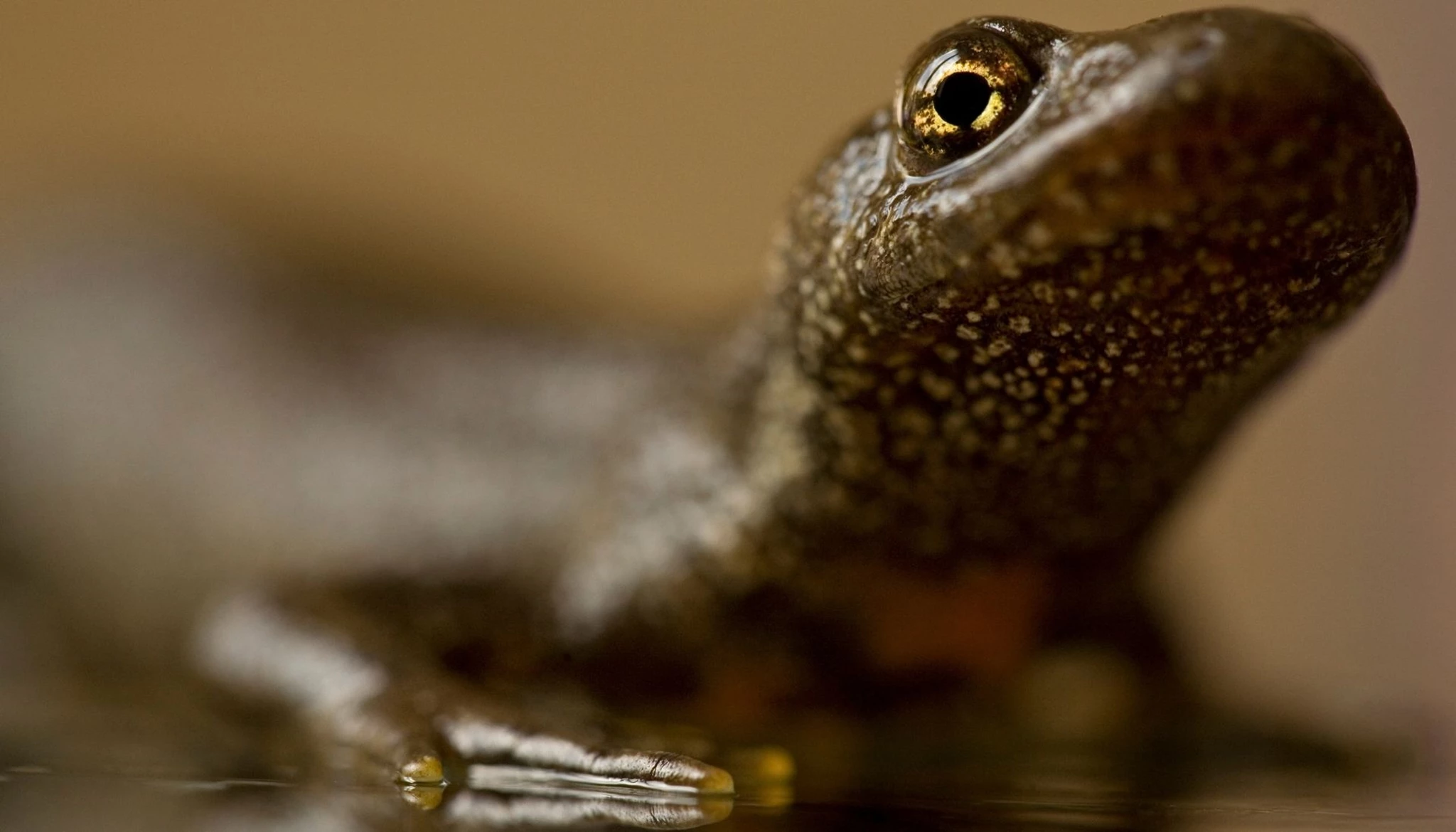
The UK is home to three different species of newt – smooth, palmate and great crested. Some of our readers may remember a “warty newt”, but surprisingly this is in fact another name for the great crested newt. The great crested newt and smooth newt are very similar in appearance, the main difference is the texture of their skin – hence the alternate name.
Great crested newt's have a reputation for being an elusive and sometimes a problematic species since they are protected by the Wildlife and Countryside Act (1981). At the Trust, we are often asked for advice on great crested newts, both for identification and population encouragement and the laws on removal.
So, what are the Trust doing to protect great crested newts and provide safe habitats for them? Firstly, it’s important to know a little about them and why they are such a high-profile species.
About Great Crested Newts

Great crested newts are Amphibians, which means they spend their time split between living on the land and in aquatic environments. Their preferred habitats are chains of fish-free ponds through grass and woodlands which give them both breeding opportunities in the water, and places on land for them to periodically hibernate during the winter. Newts also spend a large portion of their adult life hiding beneath logs and stones to sleep (during the day) and maintain their energy during the colder seasons. They are also no stranger to a warm compost heap!
Great crested newts have a coordinated breeding season in the early spring, where adults will move between different ponds for breeding opportunities. Their eggs are laid under water and individually wrapped in pond-weed fronds and other leafy water plants by the female. A female will lay on average 200 eggs in a single season.
They can be found everywhere throughout England and Wales, with population “hot spots” and areas where they are scarcer. They are also found in some northern and central European countries; however, their populations have declined worldwide.
Why are Great Crested Newts Protected?
Over the last 100 years, great crested newts’ populations have taken a nose-dive, leaving just a small percentage of their historic figures. The main causes of this decline are habitat destruction, predation (including by fish stocks introduced to ponds), degradation of water quality and intensification of farming practises.
Sadly, these issues not only affect great crested newts, but also a vast majority of the UK’s wildlife. By protecting this species, we are also helping to safeguard a future for many other species that live alongside them and those that are dependant of them.
We are incredibly lucky in Milton Keynes, as our population of great crested newts are stable and healthy for the time being, however, disturbance can change the population very quickly.
The Law Surrounding Great Crested Newts
Due to their high level of protection, it is illegal for anybody without a license to handle, disturb, harm, trade or capture a great crested newt, including their eggs. This means that you are not allowed to move great crested newts, destroy a habitat, or keep one as a pet. In fact, the only way around this rule, is to pay to be legally trained to handle this species. These licenses are only allocated to those who require it for a career purpose E.G an ecologist.
Unfortunately, this causes conflict between great crested newts and workers in development, looking to build on areas where they live and breed. This is where The Parks Trust will get involved.
What are The Parks Trust Doing?
We pride ourselves on providing safe and natural environments for great crested newts and other wildlife across Milton Keynes. Not only do we protect most of our land from development, but we monitor and manage the land to ensure it is safe for humans and wildlife and mak important decisions to improve biodiversity where necessary.
Our biodiversity team are licensed to handle and monitor great crested newt populations, and often, we work in partnership with developers to relocate great crested newts on our land with suitable habitat.
Also, we monitor the health and size of populations of great nested newts in our parks in partnership with the great crested newt ‘District Licensing Scheme’. Volunteers and ecologists from this scheme, help us carry out annual surveys and record any sightings data to quantify our populations.
Additionally, The Parks Trust provide educating opportunities for the public. This is to ensure that the knowledge of their protection status and importance is spread throughout the community, reducing the risks of public disturbance.
How can you help?
One of the most important ways that a resident of Milton Keynes can do to help, is to try not to disturb any newt species, especially the great crested newt. If you are pond dipping or looking for bugs under logs and come across a newt, please do not handle them but immediately put them back in the water or return the log/rock slowly and safely.
In addition, you can add suitable habitats for wildlife in your garden, school, or place of work by providing a freshwater source such as a pond (excluding fish), log piles and compost heaps. If you already have a pond, consider planting some water mints to provide newts with a great breeding environment. Try to avoid using pesticides, chemicals, or fertilisers in your garden as these can be washed into the water from rainfall.
Make a donation to charities that work towards protecting and improving great crested newt populations such as Frog Life UK.
Finally, put some time to research and find out more about great crested newts. Share the information you learn with your peers to help spread awareness of the great crested newt and encourage the knowledge of their status and importance in the UK.
We hope after reading, that you’ve learned something valuable about great crested newts and that we’ve encouraged you to put some effort into looking after this beautiful species.
If you have any queries about great crested newts, please contact us on info@theparkstrust.com




